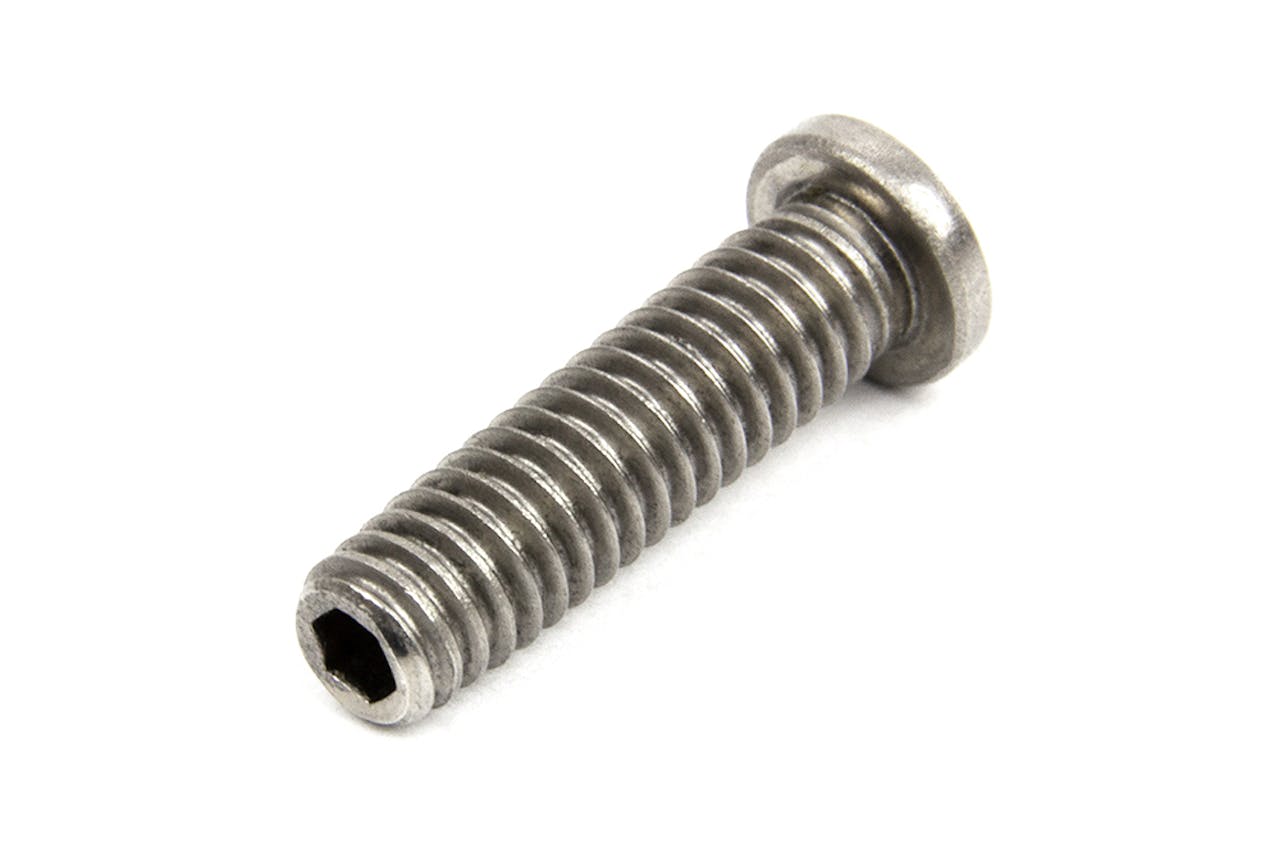What is Thread Galling?
When the parts are engaged, microscopic particles break loose from the roughened surfaces and lodge between the mating parts. This results in mated parts “sticking” together and is responsible for “galling”. Thread galling can become severe enough that the mating parts seize, making it virtually impossible to separate them.
How to Avoid Problems with Loosening and Separating Fasteners
I have some fasteners that have mating threads, internal and external. Often, I have a problem loosening and separating the parts. Why is this happening, and how can it be avoided? The most likely cause of this condition is thread “galling” or seizing. This occurs when the surfaces of the mating parts are very abrasive. Galling occurs only on metallic fasteners and is more likely to occur when the external threads are cut, rather than rolled. Cut threads have rougher surfaces because of the machining process. Galling can also result from surface oxidation in some materials.
Galling is a genuine problem that should be considered in the design. Galling can best be avoided by manufacturing mating parts of different materials and hardnesses. Another way to prevent thread galling is to apply a lubricant to the threaded portion of the fastener.
Accurate Screw uses a heat-cured solid lubricant per MIL-L-46010. The lubricant will help prevent oxidation and give the threads a smoother surface, with easier engagement.
If you would like more information on this, or any other technical or application issue, contact an WM Components expert today.
